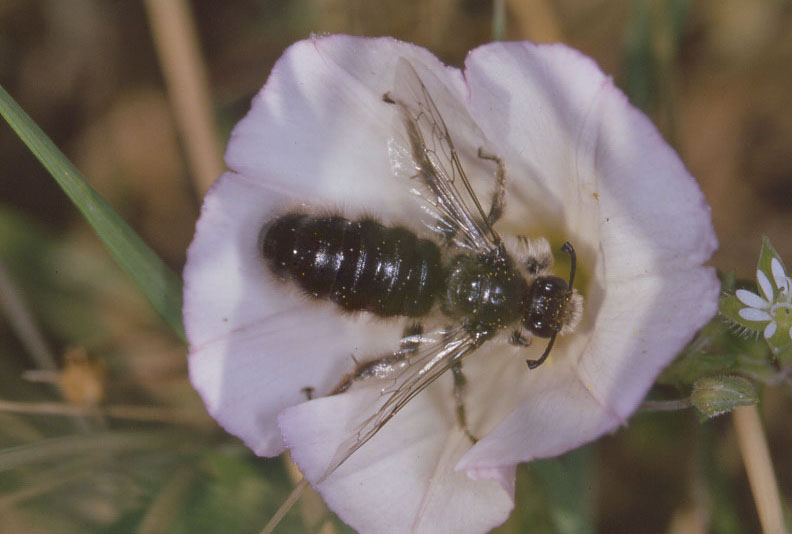Reproductive biology and chemical communication in bees
Although the reproductive biology of solitary and social bees has been intensively studied, almost no data exist about the chemical communication involved in the mating behaviour. In most bees the females usually mate immediately after emerging. Sex pheromones of bees may be produced by either males or females, depending on the species’ mating system, and may attract the opposite sex over long and/or short distances. There is clear evidence for mate choice and often females select males using various kinds of fitness signals. The decreased attractiveness of females after mating is often due to the presence of a courtship–inhibiting pheromone. It can be either male-derived, being transferred from male to female during mating (= anti-aphrodisiac), or in may arise due to cessation or alteration of the female sex pheromone after mating.
In behavioural experiments, electrophysiological investigations and in chemical analyses, we are studying the role of chemical communication involved in the reproductive behaviour of different taxonomical groups of bees. Furthermore we are investigating mate choice and fitness signals of mates.
Collaborator: Samuel Boff


